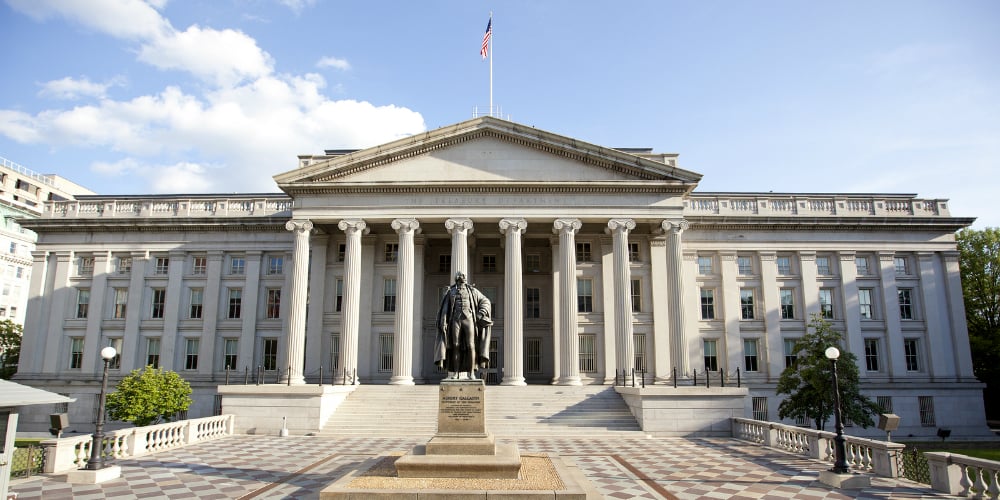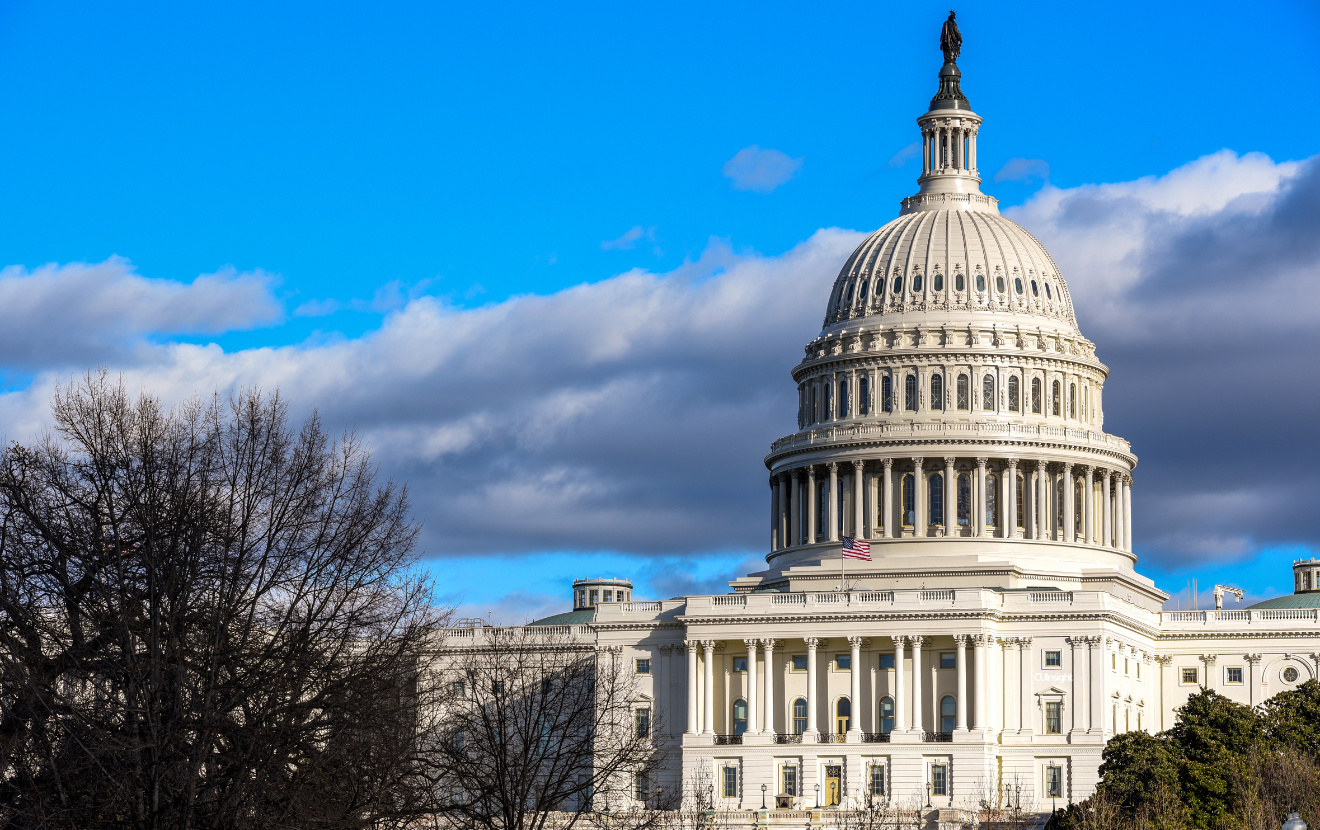The 2022 CDFI CORE funding round just closed. So, anything related to CDFI is top of mind for our team right now. Like anyone involved in the CDFI space, this was a record-breaking year. More certification and more grant applications than ever before. This increased awareness and participation is exciting! But this ramped up output isn’t without some concerns. The message of this article is one of hope for the remarkable level of life changing outcomes and a little concern for protecting what has been built.
The CDFI
For hundreds of credit union leaders - CDFI is an acronym they know very well. Indeed, grant funding from the US Treasury Department’s Community Development Financial Institution Fund, has funded billions of dollars in direct lending to underserved communities. These investments have resulted in higher financial leverage and social impacts to the many diverse and underserved communities served by CDFIs. CDFI funding has given hope to millions of people, including CDFI credit union leaders.
The 411 on OTP
There are three ways to qualify as a CDFI. First is to have borrowers that live in a low-income investment area (IA). Second, is based on the low-income levels of the institution’s borrowers (LITP). And the third is based on the percent of borrowers that belong to a minority population. The CDFI refers to the third group as Other Targeted Population (OTP). To become a CDFI the applicant must demonstrate that more than 60% of their borrowing activities are to individuals that belong to one or more of the three groups without being double counted.
During the past two years, more and more credit union leaders have been including the third option, OTP as part of the certification application. I can’t speak for all of them, but I can share that from my limited observation, the purpose in using OTP was 1) reflective of the credit union’s commitment to inclusion of their local minority communities, 2) increasing their overall level of CDFI qualification and 3) increased accountability to their minority community. The credit union leaders I know that pursued this path were so committed to ensuring accountability and the diversity of their boards, they have added minority focused advisory boards to enhance their accountability to these communities. In my opinion, pursuing OTP is the hardest of the three paths to qualify.
DEI
Additionally, in the past few years, thousands of credit union leaders have made firm commitments to Diversity, Equity and Inclusion. It’s been remarkable to see the evolution of credit union vision, mission and focus. We’ve seen DEI standards elevated and more accountability. So, for us, seeing emerging CDFIs pursue a more diverse and inclusive CDFI target market (OTP), makes perfect sense. A natural progression for credit union organizations committed to DEI.
While inspiring for us, the CDFI Fund has taken a different stance, having stalled its review and decision on a number of credit unions that are pursuing the OTP option. It’s remarkable to me, especially since several of these great credit unions have already been recognized by the NCUA as a Minority Depository Institution, having more than 50% of its membership from a recognized minority community. I don’t understand the delay or concern from the CDFI’s perspective. I can only hope they can become more aware of credit unions' collective commitment to DEI and intentionally serving OTP communities.
Capacity and Scale
To say that I respect and appreciate the CDFI Fund would be a huge understatement. However, I do have growing concerns about the future of the Fund. My first concern, there are still many credit unions with certification applications that have been pending for a very long time. What used to be a 90-day review process is now more than 7 months. Some of this delay is due to a lack of understanding of why DEI and OTP are important to the credit unions pursuing certifications. The other concern is that the extraordinary delays are because the Fund lacks the capacity to scale the record-breaking funding they have seen in the past 2 years. There is also concern expressed around the water cooler that the Fund desires to make it more difficult to become certified. I’m all for accountability, but this could limit the enthusiasm that exists to be part of the CDFI movement, and a lack of enthusiasm could limit future funding.
Inclusiv, NAFCU and CUNA deserve a very special mention here as they have taken a rigorous advocacy lead with the Fund to identify and resolve issues that may limit credit union CDFIs from future funding opportunities.
Why it matters
Collectively, CDFI credit unions are high performing institutions that generate meaningful and measurable impacts in the communities they serve. CDFI credit unions have an average lending leverage ratio of 10:1. For every grant dollar, they lend 10 dollars to low-income consumers or small business. Certainly, we have credit union clients that far exceed this 10:1 average. They are remarkable institutions. Communities need CDFI credit unions, and the credit union industry needs CDFI credit unions to strengthen the collective message of social impact and differentiation.
Unreasonable delays and inefficient processes by the CDFI Fund hurt credit unions and the communities they serve. Credit unions just missed the last grant round, because the CDFI had not yet approved their certification. They missed out on financial resources that would have been leveraged at least 10-fold for affordable housing and small business programs in minority communities. This is unfair and hurts the very communities the CDFI Fund wants to support.
Unclear expectations and poor response will reduce incentive for credit unions to pursue the rigorous CDFI path. Waning interest could weaken what has become a strong CDFI program. I sure hope that doesn’t happen as the Fund has given me and the people we work with so much hope over the years.
I encourage credit unions that have been waiting more than six months for a response from the CDFI Fund to reach out to their US Congressional representatives to encourage an expedited review of their application. Continue to support organizations like Inclusiv, NAFCU, and CUNA and others that are working hard for a successful future.
An efficient and fair CDFI Fund is needed now more than ever. Looking at the big picture, I hope the CDFI Fund can scale up to the opportunity at hand. I hope that their success and efficiency lead to greater funding, playing a bigger role in expediting meaningful investment into the communities that consistently get left behind.







